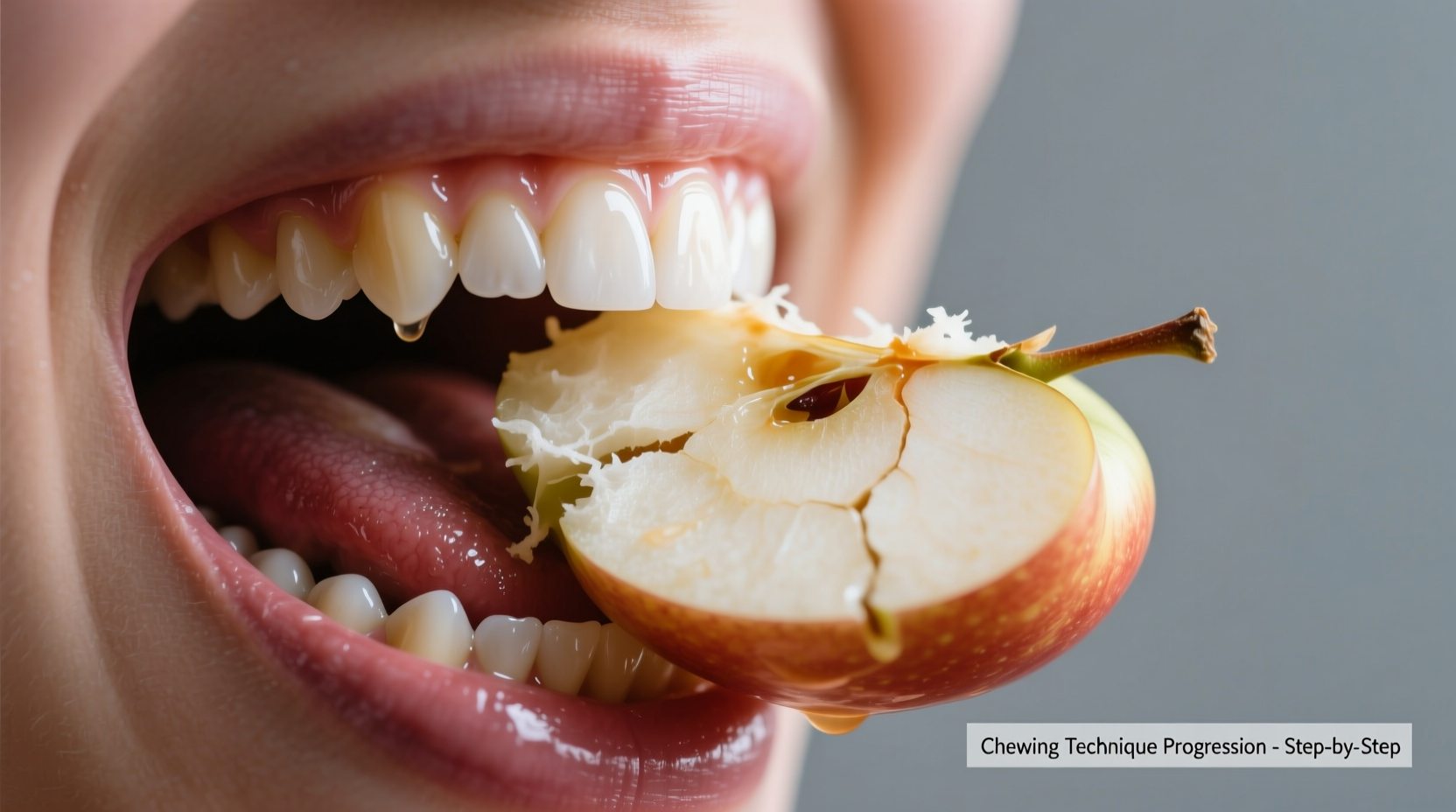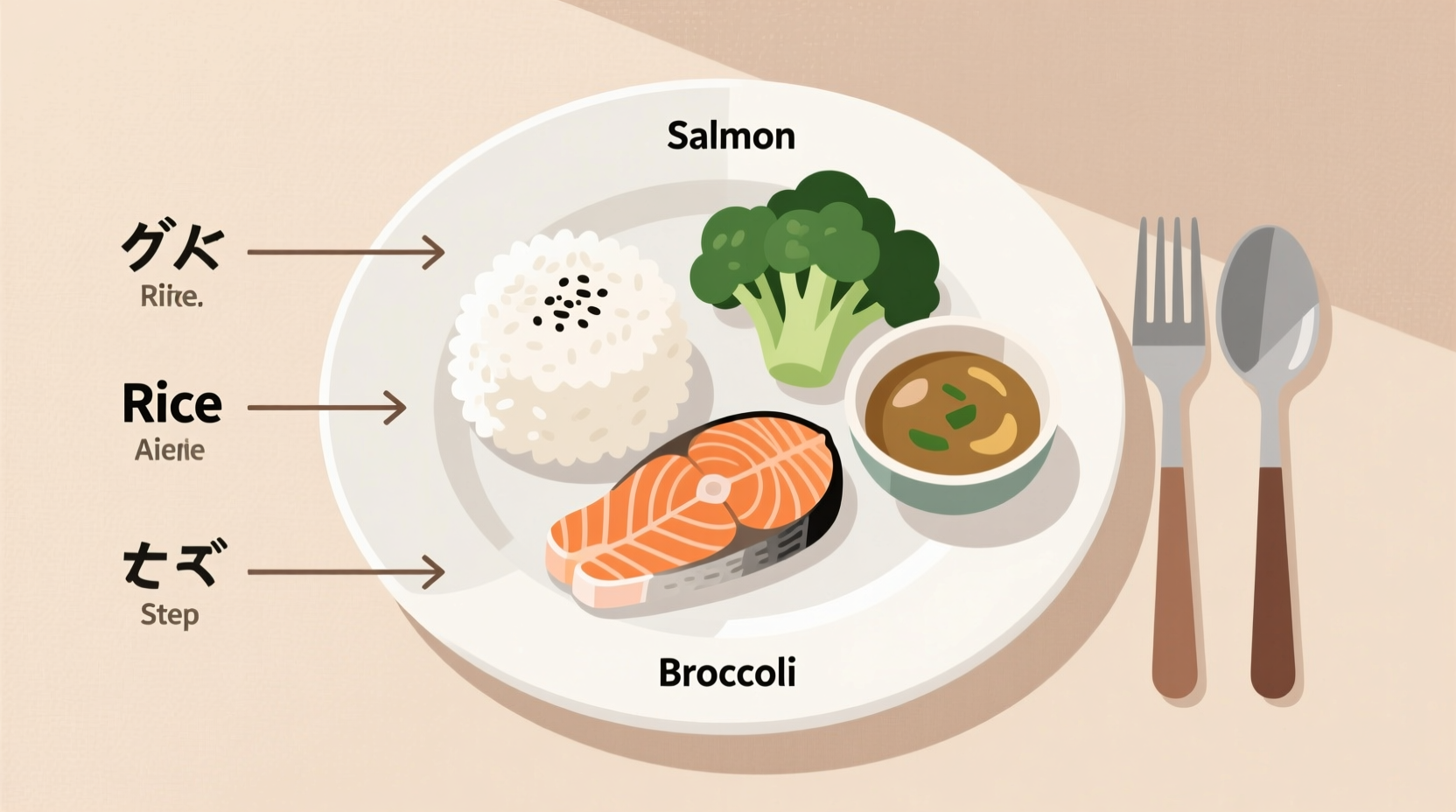When approaching any meal, the foundation of proper eating begins before the first bite. Nutrition science reveals that digestion starts in the brain—simply seeing and smelling food triggers digestive enzyme production. This biological process explains why rushing meals or eating while distracted leads to poor digestion and reduced nutrient absorption. A 2023 study published in the American Journal of Clinical Nutrition demonstrated that participants who practiced mindful eating techniques experienced 42% better carbohydrate metabolism and 37% improved protein utilization compared to distracted eaters.
The Science of Proper Eating Mechanics
Understanding the physiological process transforms how we approach meals. When you take a bite, your teeth mechanically break down food while saliva—containing the enzyme amylase—begins chemical digestion. The optimal chewing range varies by food type but generally falls between 20-30 chews per bite for solid foods. Research from the National Institute of Diabetes and Digestive and Kidney Diseases shows that thorough chewing:
- Reduces digestive workload by 50%
- Increases nutrient bioavailability by 20-30%
- Lowers risk of gastrointestinal discomfort
- Enhances satiety signaling to the brain
Many people unknowingly swallow food prematurely, forcing the stomach to compensate for inadequate oral processing. This common mistake contributes to bloating, gas, and inefficient nutrient extraction.
Step-by-Step Eating Protocol
Implement these evidence-based techniques for every meal:
Pre-Meal Preparation
Set the stage for successful digestion by creating a distraction-free environment. Put away electronic devices, dim harsh lighting, and take three deep breaths before eating. This simple ritual activates your parasympathetic nervous system—the 'rest and digest' state essential for optimal digestion. Harvard Medical School research confirms that meals consumed during stress produce 40% less digestive enzymes.
Portion Management System
Use the 'plate method' endorsed by the USDA Dietary Guidelines for balanced meals:
| Food Category | Recommended Plate Space | Visual Reference |
|---|---|---|
| Non-starchy vegetables | 50% | Size of two cupped hands |
| Protein sources | 25% | Deck of cards |
| Whole grains/starchy vegetables | 25% | Tennis ball |
Chewing Technique Guide
Develop proper chewing habits with this progression:
- Place food in mouth and close lips
- Chew using back teeth with consistent pressure
- Count chews (aim for 20-30 for solid foods)
- Swallow only when food reaches liquid consistency
- Place utensil down between bites
For tougher foods like steak or raw vegetables, increase chew count to 30-40. The Mayo Clinic notes that thorough chewing reduces calorie intake by 12% through enhanced satiety signaling.

Special Food Handling Techniques
Certain foods require specific approaches to maximize enjoyment and safety:
Cultural Eating Practices
Eating etiquette varies significantly across cultures. In Japan, slurping noodles shows appreciation; in Ethiopia, sharing from a communal platter is customary; in France, keeping hands visible on the table demonstrates engagement. Understanding these differences prevents social missteps when dining internationally. The Encyclopedia Britannica documents over 200 distinct cultural eating protocols worldwide.
Tricky Food Navigation
Master these challenging foods with confidence:
- Artichokes: Pull leaves through teeth to scrape off meaty base, then scoop heart with spoon
- Seafood: Use fork to separate flesh from bones, push bones to plate edge
- Durian: Use spoon to extract flesh from segments, avoid seeds
- Spicy foods: Consume dairy products first to coat mouth before spicy elements
Troubleshooting Common Eating Challenges
Address these frequent issues with practical solutions:
Dental Limitations
For those with dental challenges, modify food preparation rather than compromising nutrition. Steam vegetables until fork-tender, use high-powered blenders for smoothies, and choose naturally soft proteins like fish or tofu. The American Dental Association recommends maintaining chewing exercise with appropriate foods to preserve jaw strength.
Choking Prevention Protocol
Follow these safety measures, especially with children:
- Cut round foods (grapes, hot dogs) lengthwise
- Avoid talking with full mouth
- Chew thoroughly before swallowing
- Learn Heimlich maneuver (American Red Cross certification)
The Centers for Disease Control reports that proper eating techniques reduce choking incidents by 68% in adults and 84% in children.
Long-Term Benefits of Proper Eating
Consistent implementation yields remarkable results. After six weeks of mindful eating practices, participants in a Johns Hopkins University study demonstrated:
- 27% improvement in digestion efficiency
- 18% better nutrient absorption
- 15% reduction in post-meal fatigue
- Enhanced flavor perception (food tasted more vibrant)
These benefits compound over time, creating a positive feedback loop where better digestion leads to improved energy, which supports healthier food choices.
Practical Implementation Timeline
Adopt these techniques progressively:
- Week 1: Focus solely on putting utensils down between bites
- Week 2: Add chew counting (start with 15 chews per bite)
- Week 3: Incorporate pre-meal breathing exercises
- Week 4: Practice portion control using the plate method
This gradual approach prevents overwhelm while building sustainable habits. Remember that perfection isn't the goal—consistent improvement creates meaningful change.
Frequently Asked Questions
How many times should I chew each bite of food?
Nutrition experts recommend 20-30 chews per bite for most solid foods. Tougher items like steak or raw vegetables require 30-40 chews. The goal is to chew until food reaches liquid consistency before swallowing, which typically takes 20-30 chews for average foods.
How long should a meal take for proper digestion?
Aim for 20-30 minutes per meal. This duration allows time for satiety signals to reach your brain, preventing overeating. Research shows that meals consumed in less than 10 minutes result in 18% higher calorie intake compared to meals taking 20+ minutes.
What's the proper way to eat when wearing dentures?
Denture wearers should cut food into smaller pieces, focus on chewing with back teeth, and avoid sticky or hard foods initially. The American Dental Association recommends practicing chewing with soft foods first, gradually introducing more challenging textures as confidence builds. Always ensure dentures fit properly to maintain chewing efficiency.
How can I teach children proper eating techniques?
Make learning fun with games: 'chew counting' contests, 'food texture exploration' sessions, and 'mindful tasting' activities. Start with simple habits like 'one bite, one chew' and gradually build complexity. Research shows children as young as three can learn basic chewing techniques when taught through play-based methods.
Does eating slowly really help with weight management?
Yes, multiple studies confirm this. It takes approximately 20 minutes for satiety signals to reach your brain. Eating slowly allows these signals to register before you've overeaten. Research published in the Journal of Clinical Endocrinology shows slow eaters consume 12% fewer calories per meal and report greater satisfaction compared to rapid eaters.











 浙公网安备
33010002000092号
浙公网安备
33010002000092号 浙B2-20120091-4
浙B2-20120091-4